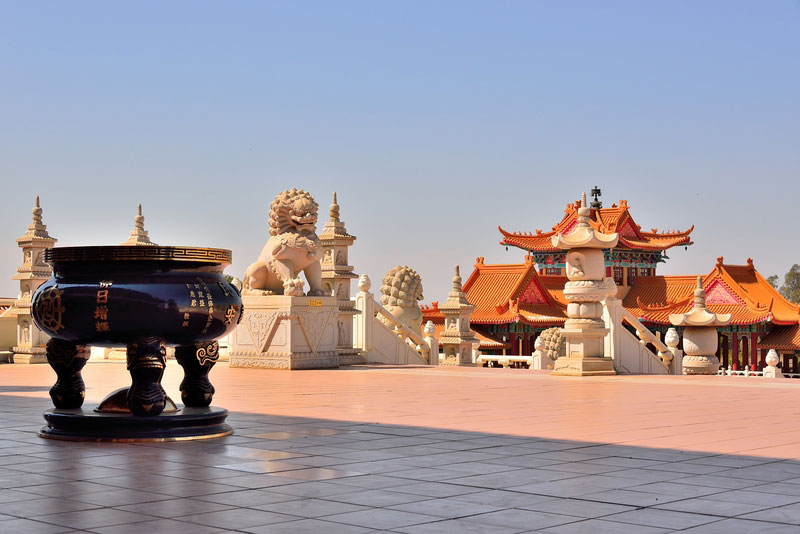Johannesburg North Attractions Fundamentals Explained
Johannesburg North Attractions Fundamentals Explained
Blog Article
Johannesburg North Attractions Can Be Fun For Anyone
Table of ContentsSome Known Factual Statements About Johannesburg North Attractions 10 Simple Techniques For Johannesburg North AttractionsFacts About Johannesburg North Attractions RevealedThe Definitive Guide to Johannesburg North AttractionsOur Johannesburg North Attractions StatementsNot known Facts About Johannesburg North AttractionsEverything about Johannesburg North Attractions
Nevertheless you ought to keep safety in mind and visitors have to continue to be sharp at all times when in unknown environments. Talk to the citizens when you remain in town to discover the location you are remaining in. Johannesburg North attractions. When on the road (this doesn't relate to mall and other protected environments) best basic recommendations is to attempt your best to look like a local and to avoid presenting any kind of type of wealth
Unknown Facts About Johannesburg North Attractions
Professor Revil Mason O. J. (Thomson, 1946) explored the Witwatersrand's pre-colonial history. His archaeological job blew up the 'em pty land' myth, according to which the area was lacking human habitation before the arrival of European inhabitants. In his publications Prehistory of the Transvaal: A Record of Human Activity (1962) and Beginnings of Black Individuals of Johannesburg and the Southern Western Central Transvaal AD 3501880 (1986 ), Teacher Mason demonstrated the degree of social and economic development in the location before Europeans established foot below.

Not known Factual Statements About Johannesburg North Attractions
In 1878, David Wardrop found gold in quartz veins at Zwartkop, north of Krugersdorp. In 1881, Stephanus Minnaar came throughout gold on the farm Kromdraai, near the Cradle of Humankind.
In March 1886, a protrusion (quickly to be called the Main Coral reef) was located, fairly luckily, on Gerhardus Oosthuizen's farm Langlaagte. Some say that the Lancastrian coal miner George Pedestrian uncovered this coral reef. An additional itinerant English prospector, George Harrison (who had actually formerly operated in Australian mines) acquired a prospecting permit in regard of Langlaagte in Might 1886.
He determined to proceed in a mission for greener fields, and disposed of his Langlaagte case for the baronial sum of 10. Alas: underneath lay the richest goldfield ever before discovered. The exploration of this abundant auriferous reef provoked a gold thrill that signalled completion of agrarian serenity in the southern Transvaal.
It would certainly, within six years, become the biggest town in southerly Africa. Within a decade, it would certainly make the Z. A. R. up until then an anarchical and insolvent little state the wealthiest nation in Africa. By the turn of the century, the Z. A. R. was to go beyond Russia, Australia and the USA of America to become the globe's leading gold producer, producing more than a quarter of the globe's gold.
The Single Strategy To Use For Johannesburg North Attractions
It was recognized as Ferreira's Camp, named after Colonel Ignatius Ferreira. He was a Boer adventurer upon whom the British authorities had actually bestowed the status of Buddy of one of the most Distinguished Order of St Michael and St George (entitling him to the post-nominal letters C. M. G.) in gratitude for his role in the war that had deposed the Pedi king Sekhukhune in 1879.
Quickly the camp was including camping tents and wagons as novices got here daily from far and wide. By September 1886, some 400 people resided in Ferreira's Camp, which quickly flaunted upraised iron and wood buildings. 2 other camps were established: Meyer's Camp on the farm Doornfontein, and Paarl Camp. The latter was nicknamed Afrikander Camp; lots of people from the Cape Swarm cleared up there.

The smart Trick of Johannesburg North Attractions That Nobody is Talking About
This name got currency by word of mouth, such that the State Assistant attested the name to the Mining Commissioner on 9 October 1886. Stands in the town directory were auctioned on 8 December 1886. While some stands were sold for 10, others were knocked down for just sixpence.
Two years later, these erven were to alter hands for as high as 750 each. The tented camps decreased as a dorp of corrugated iron buildings established and expanded north of the mines situated along the Key Coral Reef Roadway. Areas such as Jeppe's Community (where working-class immigrants erected their dwellings) and Doornfontein (where the affluent new 'Randlords' began to build their luxurious houses) were quickly added to the ever-expanding map of the town.
9 Easy Facts About Johannesburg North Attractions Described
Apart from the road names, there were no indications of Johannesburg being positioned in a Dutch-speaking nation., almost everyone spoke English and also the Government slaves attended to one in English, unless they were very first dealt with in the Taal (or Low Dutch)'.
Because of this, Britain had a passion in making certain ideal conditions for see this page gold manufacturing on the Witwatersrand, and that the gold was exported to London instead than Berlin an imperative provided all the much more clamant by the Z. A. R - Johannesburg North attractions.'s enhancing toenadering with Germany. Mine proprietors were on a clash with Head of state Kruger, whose policy of monopolistic giving ins (usually approved to his cronies) prevented mining companies from acquiring supplies of materials (specifically dynamite) and labour by themselves, less expensive terms
The Ultimate Guide To Johannesburg North Attractions
In 1890, the Volksraad had restricted the franchise business to white men that had actually stayed in the Z. A. R. for fourteen years or longer, hence invalidating many of the immigrants (that happened to be the significant contributors to the fiscus). Nevertheless, anxiety for the vote was a mere pretext for promoting a different agenda; the majority of uitlanders regarded themselves as short-term visitors and had no objective of remaining in the Z.
Report this page